MSI RTX 2080 Gaming X Trio Graphics Card Review
Peter Donnell / 6 years ago
A Closer Look
It’s clear that the Trio X is borrowing from the design of the old 1080 Ti model. However, it’s a LOT more understated than it used to be, despite it still looking pretty extreme. Take a look at the old one and see what I mean. There are a few significant changes, such as the central fan is now larger than the outer fans, not smaller. Those cool but garish red highlights are gone; as they should be for a card with RGB anyway.
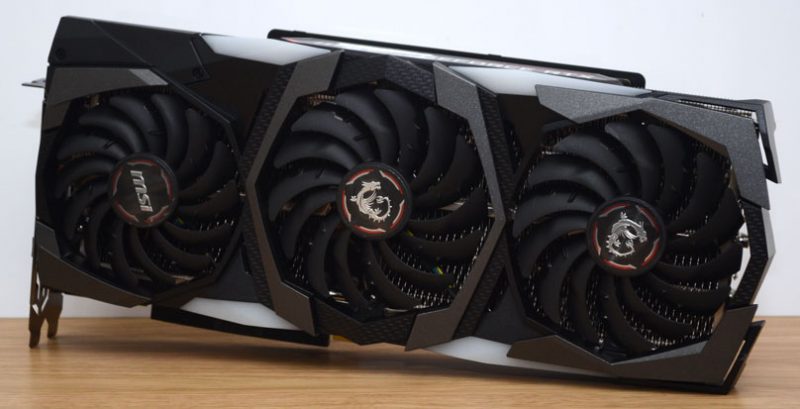
Make no mistake though, this is every bit the monster its older brother is. The card is hefty, wide, long, and pretty damn heavy. There’s a significant amount of metal in this thing, providing huge amounts of cooling surface area and strength for the PCB.
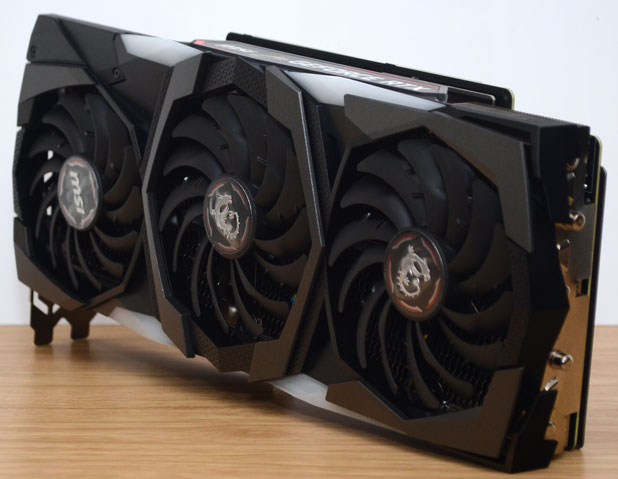
I love how each fan has a shroud around it, perhaps they help channel the air? I think they’re just aesthetic, and they do a fine job of that.
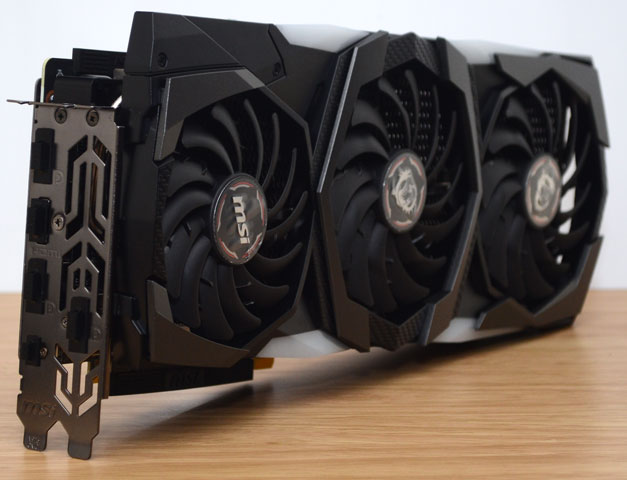
TORX 3.0 Fans
Each fan is packing a whopping 14 blade design, with extra notches on every second fan to further shape the airflow.
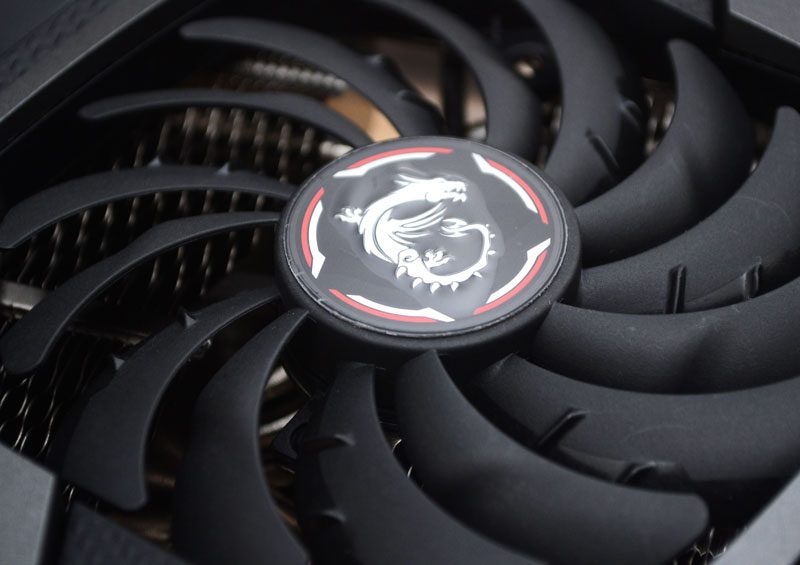
As I said, there’s some pretty serious metal work under here. The fin stacks are packed in tight and split into two main sections. The front section for the GPU core and memory, with the thinner (albeit still quite thick) second section covering power delivery hardware.

Around the back, you’ll find five connections to play around with; three DPI, one HDMI, and one Type-C VR connection.
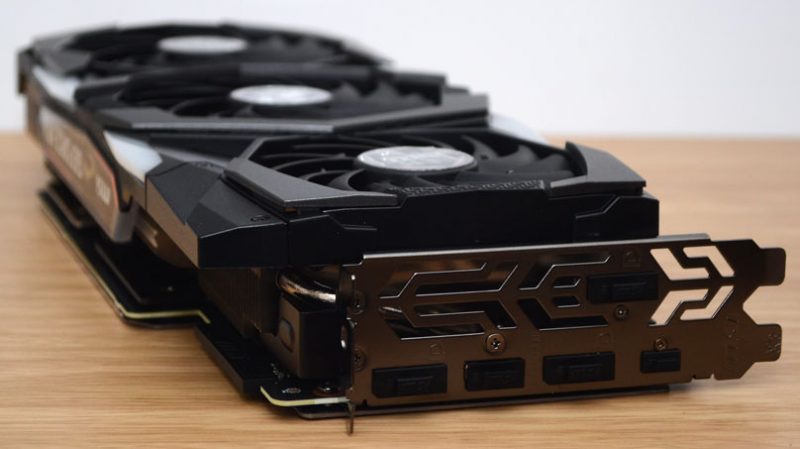
The length of the card is pretty significant, but no more so than most high-end cards these days. It uses a two-slot PCIe bracket, but as you can see, it comes in at 2.5 to 3 slots thick; which is again pretty standard these days.

More Power!
Power delivery comes from a pair of 8-pin headers, which may limit some older PSUs, but the adaptor cable is included in the box if you only have a single 8-pin header.
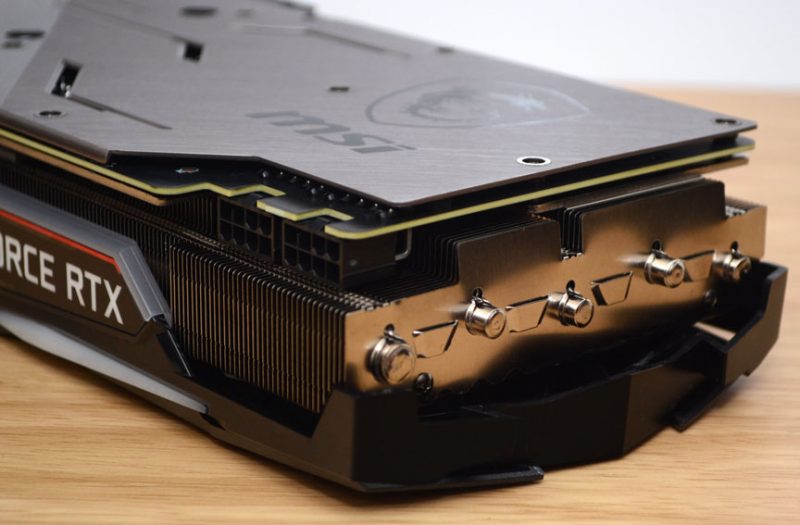
On the rear of the card, you’ll find this absolutely drop dead gorgeous brushed metal backplate. This may be the best-looking part of the card, and it just oozes premium quality. There’s some ventilation, and of course, this adds rigidity to the card, as well as improving the cooling of the PCB behind it.

Overall, this looks exactly as good as one could hope for from a premium gaming card. Now, how does it perform? Let’s find out!




















